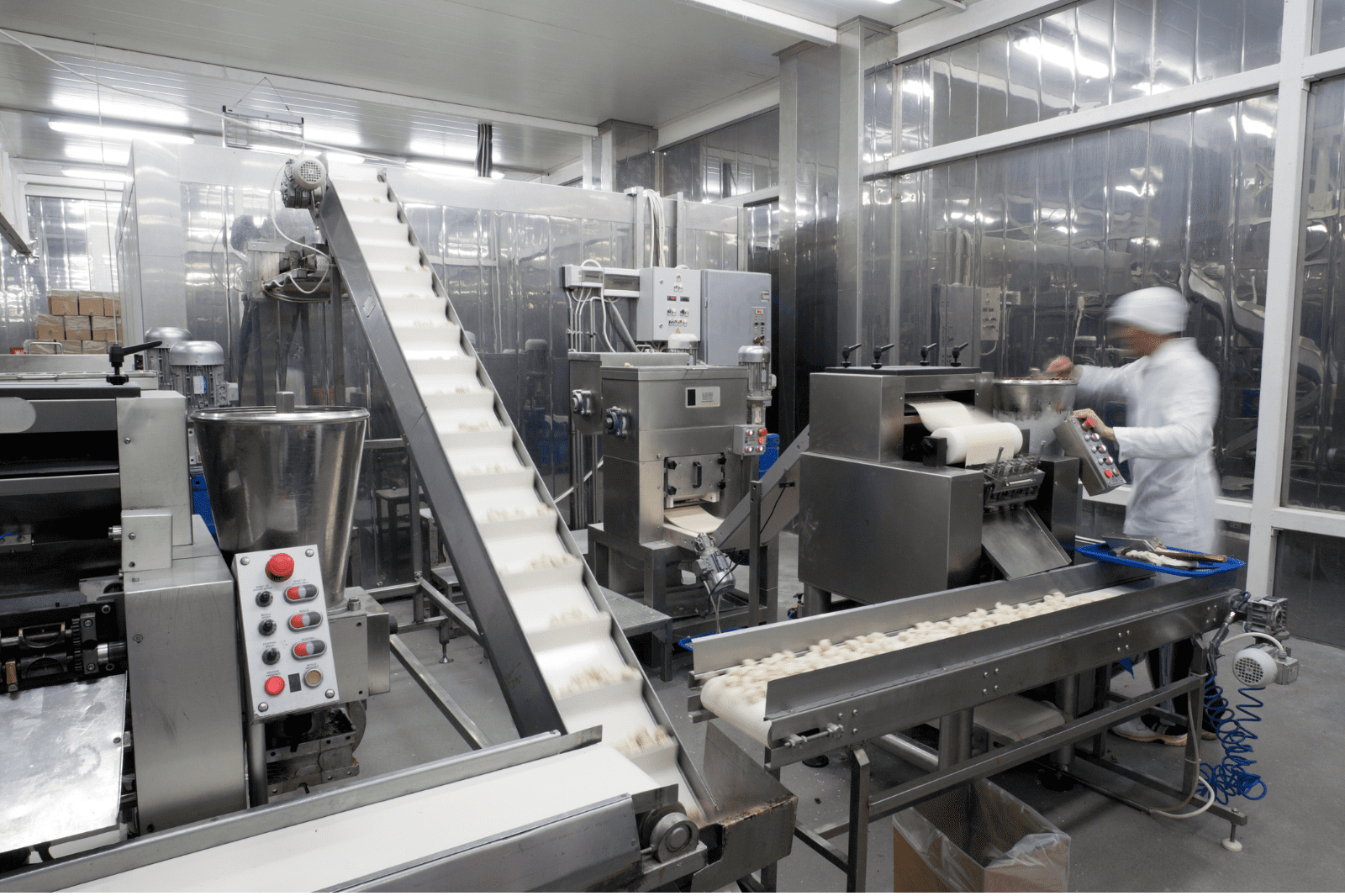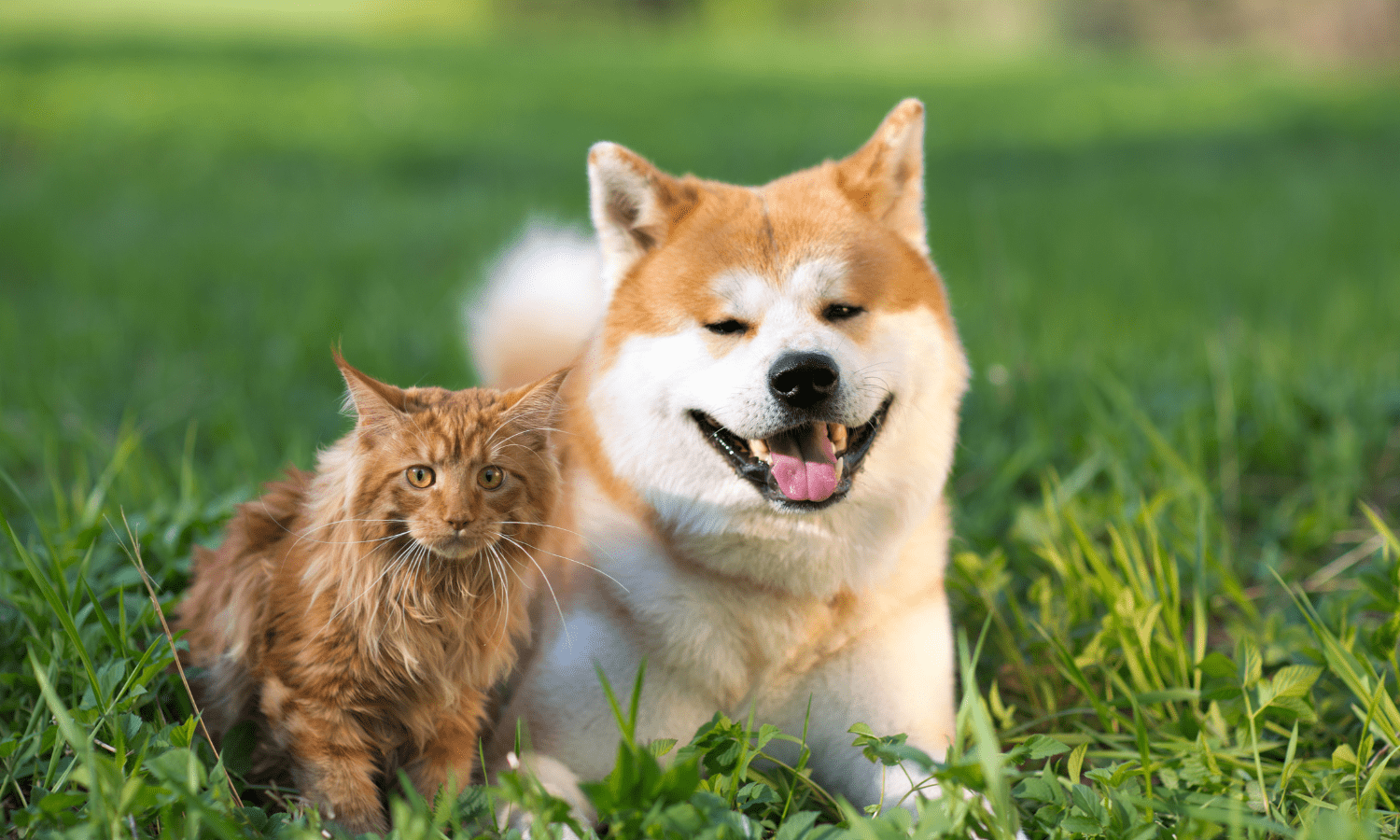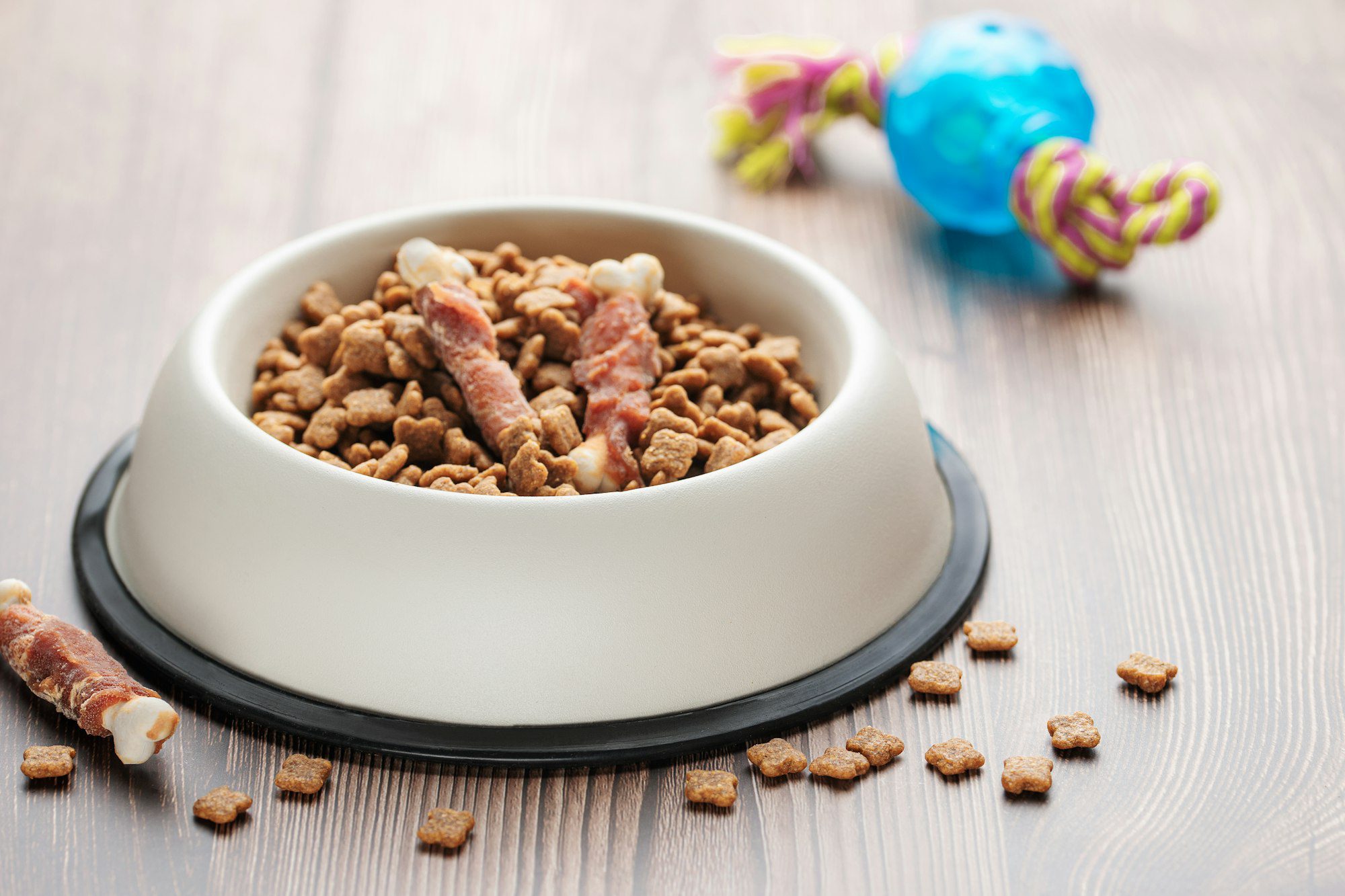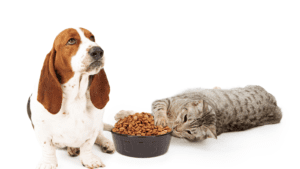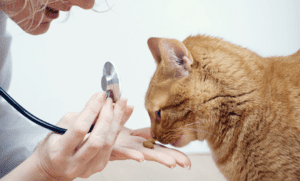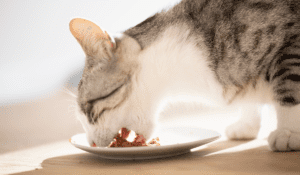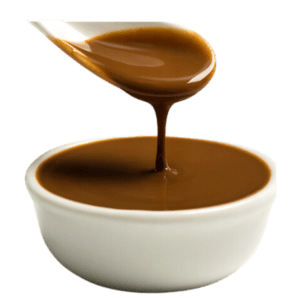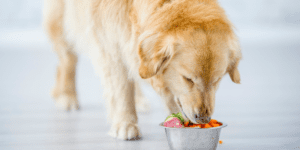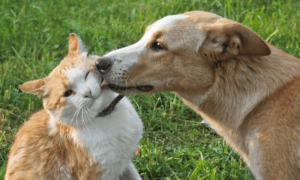In the quest for optimal health and well-being for our beloved pets, many pet owners are turning their attention to natural pet food solutions. As awareness grows regarding the impact of nutrition on our furry companions’ vitality and longevity, the demand for wholesome, minimally processed pet foods is on the rise. In this comprehensive guide, we’ll delve into the benefits of natural pet food, explore various options available, and offer insights into making the best choices for your pet’s nutritional needs.

Understanding Natural Pet Food:
Natural pet food refers to products that are formulated with wholesome, minimally processed ingredients, often devoid of artificial additives, preservatives, colors, and flavors. These foods are crafted to mimic a pet’s ancestral diet, providing them with the nutrients they require for optimal health and vitality.
Unlike conventional pet foods, which may contain fillers, by-products, and synthetic ingredients, natural pet foods prioritize quality ingredients sourced from nature. Common components of natural pet food include real meat, poultry, or fish, whole grains, fruits, and vegetables, along with essential vitamins and minerals.

Benefits of Natural Pet Food:
- Improved Digestion: Natural pet foods are typically easier for pets to digest since they contain fewer artificial additives and fillers that may cause gastrointestinal upset.
- Enhanced Nutritional Profile: By utilizing high-quality, whole-food ingredients, natural pet foods offer a more balanced and bioavailable nutrient profile, ensuring that pets receive essential vitamins, minerals, and amino acids for optimal health.
- Increased Energy and Vitality: A nutrient-rich diet derived from natural ingredients can contribute to increased energy levels, improved muscle tone, and overall vitality in pets, promoting an active and healthy lifestyle.
- Healthy Skin and Coat: Omega-3 fatty acids, commonly found in natural pet foods derived from sources like salmon and flaxseed, support healthy skin and a glossy coat, reducing the risk of dryness, itching, and inflammation.
- Weight Management: Natural pet foods are often formulated to maintain an optimal balance of proteins, fats, and carbohydrates, which can aid in weight management and prevent obesity-related health issues in pets.
- Supports Immune Health: Nutrient-rich ingredients such as antioxidants, vitamins, and minerals help bolster the immune system, reducing the risk of illness and supporting overall wellness in pets.

Types of Natural Pet Food:
- Dry Food: Also known as kibble, dry food is a popular option due to its convenience and long shelf life. Look for natural dry foods that list real meat or fish as the primary ingredient and avoid those containing artificial preservatives or fillers.
- Wet Food: Canned or pouch wet food provides hydration along with nutrition and is often formulated with high-quality proteins and natural ingredients. Opt for varieties without added sugars, artificial flavors, or colors.
- Raw Food: Raw diets aim to mimic a pet’s natural ancestral diet by providing uncooked meats, bones, fruits, and vegetables. Raw food enthusiasts argue that this approach offers the most natural and biologically appropriate nutrition for pets, although it requires careful handling to minimize the risk of bacterial contamination.
- Freeze-Dried or Dehydrated Food: These minimally processed options offer the benefits of raw food in a convenient, shelf-stable format. Freeze-dried or dehydrated foods retain much of their nutritional value while offering the convenience of easy storage and serving.
- Homemade Diets: Some pet owners prefer to prepare homemade meals for their pets using fresh, natural ingredients. While this approach allows for complete control over ingredients and quality, it’s essential to ensure that homemade diets are nutritionally balanced and meet pets’ specific dietary requirements.

Choosing the Right Natural Pet Food:
When selecting a natural pet food for your furry friend, consider the following factors:
- Ingredients: Carefully review the ingredient list to ensure that the food contains high-quality, natural ingredients, with real meat, poultry, or fish listed as the primary sources of protein.
- Nutritional Balance: Look for foods that provide a balanced blend of proteins, fats, carbohydrates, vitamins, and minerals to meet your pet’s specific nutritional needs.
- Avoid Artificial Additives: Steer clear of products containing artificial preservatives, colors, flavors, or fillers, as these ingredients offer little to no nutritional value and may be harmful to your pet’s health.
- Consider Your Pet’s Unique Needs: Take into account your pet’s age, breed, size, activity level, and any specific dietary sensitivities or health concerns when selecting a natural pet food.
- Consult with Your Veterinarian: If you’re unsure which natural pet food is best suited for your pet, consult with your veterinarian for personalized recommendations based on your pet’s individual requirements and health status.

Making the Transition:
When transitioning your pet to a new natural pet food, it’s essential to do so gradually to minimize the risk of digestive upset. Start by mixing small amounts of the new food with your pet’s current diet, gradually increasing the proportion of the new food over several days until the transition is complete.
Monitor your pet’s appetite, energy levels, and stool quality during the transition period, and make adjustments as needed to ensure a smooth transition to the new diet.

Conclusion:
Natural pet food solutions offer a holistic approach to pet nutrition, prioritizing quality ingredients and minimizing the use of artificial additives and fillers. By choosing natural pet foods that are tailored to your pet’s specific nutritional needs, you can support their overall health, vitality, and well-being.
Whether you opt for dry kibble, wet food, raw diets, or homemade meals, the key is to prioritize ingredients sourced from nature and ensure a balanced nutritional profile that meets your pet’s unique requirements. With careful consideration and informed decision-making, you can provide your furry companion with the nourishment they need to thrive and enjoy a long, happy, and healthy life by your side.



